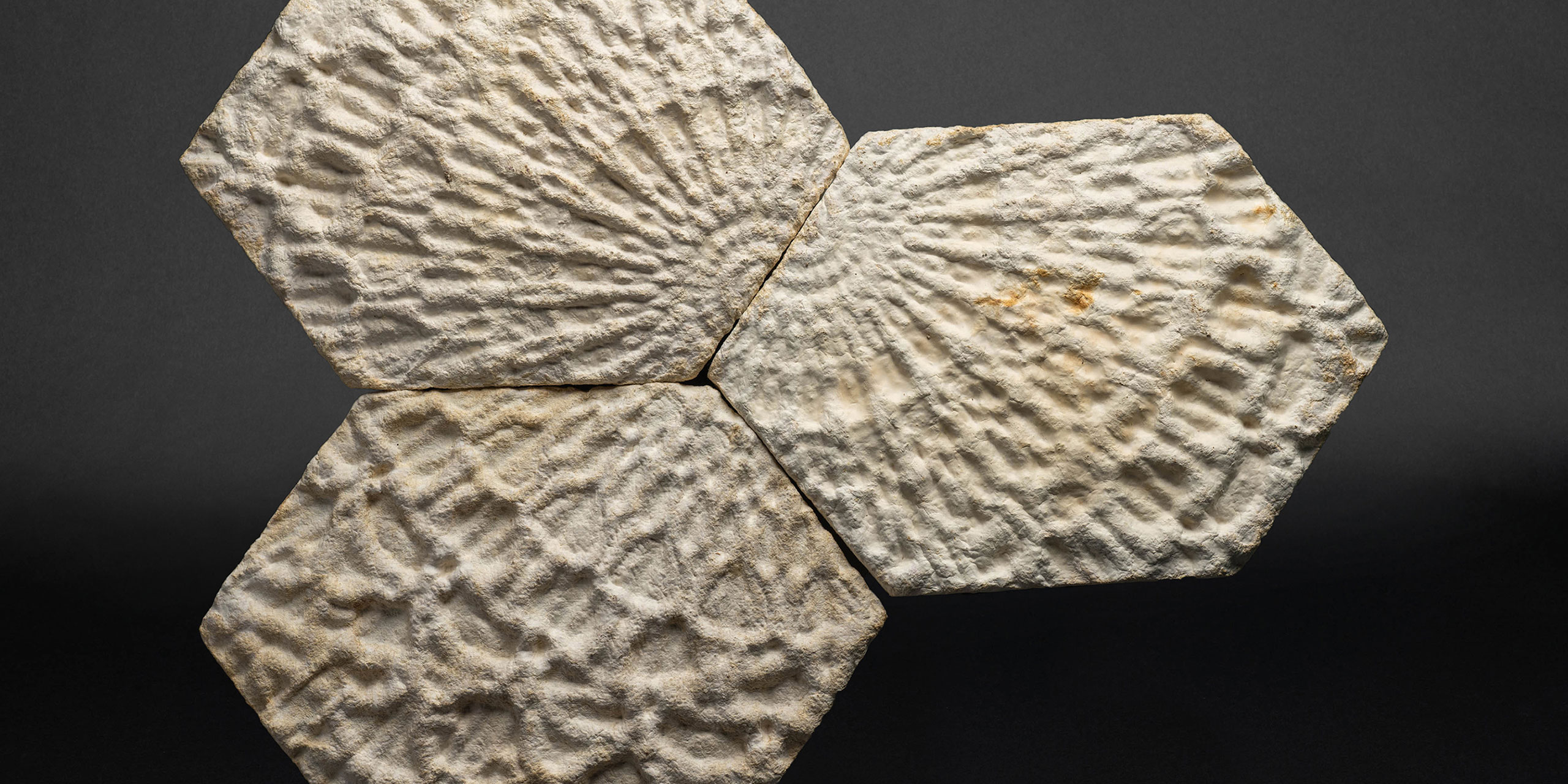Students from Architecture, Spatial Design, Product Design and Art were formed into eight interdisciplinary teams led by Gyungju Chyon, Lecturer in Spatial Design and embarked on the journey for 12 weeks. Mycelium grows on cellulose substrates, such as banana, wood, cotton and paper. As students did not have experience in working with mycelium or any other biomaterials, they started the project by experimenting with mycelium.
They researched what organic waste could be substrates for the mycelium to grow on. Each team collected 10 to 15 kinds of substrates, including waste from their homes, the fashion industry, and coffee shops. They observed mycelium growth patterns on different substrates. They also tested different growing environments with respect to temperature, humidity, light conditions and durations. Unlike industrially processed materials such as timber, steel and plastics, a live material such as mycelium is unpredictable and hard to control. Mycelium is sensitive to its surrounding temperature, humidity, and light. If environmental conditions are not set right, another unwanted organism, such as mould, may grow instead of mycelium. Students had to practice and learn how to create favourable growing conditions for mycelium with various substrates.
Once they understood the environmental conditions for growing mycelium, they explored ways to embody the idea of 'living material' in their design by experimenting with its behaviour. When creating a mycelium panel, each panel may result in a different colour and pattern, even if they grow in exactly the same conditions. Wooden furniture may change its colour due to its usage and sunlight over long exposure to the elements. Mycelium panels change their colour much quicker than untreated wood. Rather than fitting the materials to a standardised industrially designed aesthetic, where everything is precisely controlled to be the same, students investigated ways to highlight the unpredictable nature of the living material.








